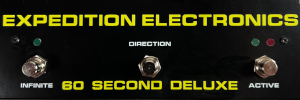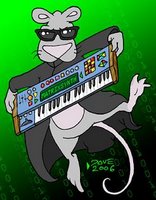
Tuesday, November 25, 2014
Yamaha CS-40m Analog Synthesizer | HQ AUDIO DEMO | CUSTOM PATCHES
Published on Nov 25, 2014 Parker Tichko
"What does a Yamaha CS-40m sound like?
Here is a collection of custom patches that I programmed into my Yamaha CS-40m analog synthesizer. The demo includes basses, leads, sound effects, and more. I recorded these patches dry into Ableton Live without any internal or external effects processing. All parts were played by myself."
Ladik S-180 S-182 O-111 Q-010 F-510 L-110 C-510
Published on Nov 25, 2014 RuprechtM
S-180 sequencer
S-182 Cv outs (for S-180)
O-111 VCO4
Q-010 quantizer
F-510 Synare VCF
L-110 LFO
C-510 env+vca
New ARP 2600 Clone In the Works - TheWarp Analogue Synthesizer
"TheWarp is a modern reinterpretation of the legendary ARP 2600 semimodular synthesizer produced by ARP Intruments from 1970 to 1981."
Website to come at http://www.thewarpsynth.com/
Update: "TheWarp is a modern reinterpretation of the legendary ARP 2600 semimodular synthesizer produced by ARP Intruments from 1970 to 1981. It is based on the original schematics and interely built with analogue components in traditional THT mounting and soldering process. Redesigned to fit within the standard 19" rack size, the actual instrument retains the graphic design, the size of the sections and feel of the original. Series productions will start in January 2015, the sale price will be CHF 3'400 (equals approx. 3'600 US $ / 2800 Euro depending on the exchange rate).
TheWarp is the result of a teamwork between Neil Otupacca, electronic engineer and former keyboardist of the swiss rock band Gotthard, well known in the swiss Prog-scene for his skills on the Minimoog and the Hammond organ, and Roberto (Bob) Raineri-Seith, electronic music composer, vintage synth collector and "analogue synthesizer guru" since 1984 atcontrolvoltage.org . Neil was responsible for the whole technical work, Bob supervised the project, acted as a consultant and is now responsible for marketing and sales. Both were assisted by Claudio Alge, proud owner of two ARP 2600 and a model 1613 sequencer since the mid-70s, who acted as an experienced advisor and by the graphic designer Shanti Maffioli, who redesigned the front panel. All four live in the same area in southern Switzerland and have long relations, so the contact was easy and constant throughout the entire developing and testing phase of the instrument.
TheWarp's main features and what's different compared to the original instrument:
• Traditional electronic components mounting and soldering technique (THT) as in the original instrument
• Same electronic parts as in the original, with only a few modern equivalents for discontinued or obsolete components. Notably, we replaced all LM301 with the newer TL071, TL072 and TL074 op amps.
• The entire electronic is now mounted on a single PCB, thus avoiding a lot of wiring between the different sections. The PCB is mounted directly to the front panel by means of the jacks and switches without additional "mounting holes"
• The PCB is a 4-layer design; the top and bottom layers use completely solid areas of copper pour connected to ground. The metallic chassis with the sliders is also connected to the ground for better shielding against electrical interferences.
• The original design, exact size of the sections, aesthetic appeal and feel were retained but adapted to the 19" format.
• The most complete oscillator design (VCO 2 on the original 2600) was adopted for all 3 VCO's
• The VCF is based on the first design, aka the 2012 submodule (I think they meant 4012, right?)
• No Voltage Processors, Envelope Follower and Preamplifier? Yes, to fit the new instrument within the 19" format we had to sacrifice some functions; we've choosen to retain only the Ring Modulator and the S&H instead of functions that we considered less important and not directly related to the specific timbre of the original instrument.
• No spring reverb and no speakers? Yes again, for the same reasons. On-board speakers also add weight, and a reverb unit can be added separately to the audio chain if needed. To match the original reverb on the ARP 2600 we recommend an analogue tank spring reverb from Accutronics
• As an important improvement, TheWarp features multi-turn trimmers for easy and precise adjustment. All the trimmers for fine adjustement of the oscillators and the filter are located on the rear of the panel and easily accessible
• Gate and Trig work within the range from 5V to 15V instead of the fixed 10V of the original instrument
• Can TheWarp be considered as a clone of the ARP 2600? Concerning the electronics, definitely yes except only the sections and functions mentioned above.
TheWarp is 19" wide, 12 U high (480 x 520 mm) and 13 cm (approx. 5 inch) deep.
Detailed infos about the instrument will be published soon here and on a specific website, stay tuned ;-)"
Silo Study
Silo Study from Peter Speer on Vimeo.
"Inspired by the work of John Butcher
(http://www.johnbutcher.org.uk/Site_Specific.html)
www.diode-ring.com"
RF Nomad Shortwave Radio Eurorack Module Demo
Published on Nov 25, 2014 mylarmelodies
"Being a demo of the considerably bonkers shortwave radio eurorack module that is the Evaton Technologies RF Nomad. LOADS of additional information below!
http://www.evatontechnologies.com/rf-...
GETTING MORE STATIONS ON RF NOMAD
"Get your antenna as high up as possible, and away from metal as much as possible. If you can clip a longer wire onto the end of it, to make the antenna longer, that will help too. I sometimes put a long wire on mine, and tape the wire up to the ceiling.
If you just can't pick up any signals with it, the tuning range is adjustable internally via tweaking the L5 inductor slug with a non-conductive screwdriver. If you are brave, power up your modular, with the Nomad hanging out of the case so you can get to the L5 inductor with a screwdriver. (Be careful not to let the module short against anything!) Set the Tuning knob to the center position, then tweak L5 until you hear stuff. Don't apply much force, and be aware that you can only turn the slug about 1 full rotation. Also, once you've done this, it's going to take a few hours (yes hours) for the tuning to quit drifting, because you've mechanically disturbed the inductor and it takes a while for it to stop creeping from the mechanical stress.
THE STORY BEHIND THE MODULE
The RF Nomad started out as a germ of an idea between myself and my friend, DSP guru Michael Mecca of Pittsburgh Digital -- we frequently meet for lunch to discuss all things synth. About a year or so ago, he mentioned how much fun he used to have as a kid, playing with his dad's shortwave radio, making crazy squealy noises, listening to the haunting sounds that come over the airwaves. I said I had the same experience as a kid, too. Wouldn't it be cool to make a module that lets you bring that experience into the modular world?
I actually had plenty of experience with radio circuits, and a rudimentary design for a shortwave receiver with voltage-controlled tuning immediately sprang to mind.
Most off the shelf shortwave receivers are AM (amplitude modulation) receivers, which suppress the carrier signal. From my ham radio experience, though, I know that if you listen to shortwave frequencies with a sideband decoder instead of an AM decoder, you hear the carrier signal as well as the audio signal, which I feel is far more interesting as a sound source for a synth than just the plain audio alone. It's the bit that gives you those searing heterodyne squeals.
So, it was decided to go with a "direct-conversion" receiver design, which receives both sidebands. Normally, one doesn't think of a direct conversion receiver when trying to design a modern receiver, because they are very crude. But, in the case of the RF Nomad, crude is exactly what we want! It's gives more squeals, more hiss, more heterodynes, more brutal nasty sonic goodness!
You can alter the tuning with the CV input, like it's a remote control for the tuning knob. Apply an LFO, and the tuning slowly increases and decreases. Attach it to a sequencer, and you can cycle thru stations, or just cycle thru different pitches of squealy heterodynes. Hook it to an envelope generator and get on-demand heterodyne swoops. Hook it to an audio-rate LFO, and now you get freaky FM effects. Really cool if you happen to be receiving a strong broadcast station.
The Nomad tunes roughly 9.6 to 10.0 MHz, which is most active late afternoon to early evening, though YMMV. If you can't get a strong station, you can try extending the antenna (just clip another length of wire onto the end of the supplied antenna). Or, find some old electronics, and drape the antenna over it. Stuff from the 80s/90s era -- Commodore 64's, PC AT's, game consoles, etc. The EMI generated by these devices makes for some interesting sonic material.
If you do want to simply "listen" to shortwave on the Nomad, you'll want a bandpass filter after it. The output is 100% UN-filtered, to allow you to have plenty of material to feed your favorite filters with.
The output of the Nomad can be fed back into it's CV input for some self-modulation fun. Patch the output to a multiple, and then feed one signal from the multiple back into the CV input.
Because the Nomad is a direct-conversion receiver, warts and all, one of those warts is that it is somewhat drifty with temperature. I've done about as much as I can to reduce the driftiness, but you will notice that over several minutes it will wander around a little bit. I felt this was an acceptable trade-off, as the true talent of the Nomad is how well it responds to a quickly changing CV input to generate quirky sounds.
I think that covers the basics. It's pretty versatile for a module that only has one input."
Numerology 4 -- sequence + modulate
Numerology 4 -- sequence + modulate from Five12 on Vimeo.
"This release video for Numerology 4.0 features several demo tracks included with the download."
"Nine Things To Know About Numerology 4....
1. Numerology is a Step Sequencer.
At it's core, Numerology is all about building musical phrases by starting with simple patterns of repeating notes, and then manipulating the pattern with a set of easily applied transformations. Pattern rate, length, direction, inversion, start & end points, skipped steps, probabilistic jumps and mutes, these can all be triggered at anytime, and are all setup to be usable while performing.
2. Numerology is many Step Sequencers.
A slightly weird Modular Synth Jam (w/ Eurorack, MicroBrute, Volca Beats) #TTNM
Published on Nov 25, 2014 The Tuesday Night Machines
"Jamming anonymously...
Audio gear used:
- Eurorack Modular Synthesizer (with Malekko Wiard Anti-Oscillator, Intellijel Dixie, Koma Kommander, Klangbau Köln Wavetable VCO, Erica Polivoks VCF, etc. see: http://www.modulargrid.net/e/racks/vi...)
- Arturia MicroBrute (analog synthesizer)
- Korg Volca Beats (drum machine)
- Zoom R16 (recording & mastering)"
LABELS/MORE:
Arturia,
Erica Synths,
eurorack,
intellijel,
KlangbauKöln,
KOMA Elektronik,
Korg,
Malekko,
Video
V2 Customized Roland SH-32 Synth
Note: Auction links are affiliate links for which the site may be compensated.
via this auction
"Customized Roland SH-32 Analog Modelling Synthesizer with 808, 909, CR78 drums. PIMPED-out and a real stunner! Gorgeous monochromatic scheme, wooden sides, Moog style knobs and colour coded sliders."
SH-5 / SH-3 color motif in blueish tint vs. green.
via this auction
"Customized Roland SH-32 Analog Modelling Synthesizer with 808, 909, CR78 drums. PIMPED-out and a real stunner! Gorgeous monochromatic scheme, wooden sides, Moog style knobs and colour coded sliders."
SH-5 / SH-3 color motif in blueish tint vs. green.
Stack of Waldorf
Note: Auction links are affiliate links for which the site may be compensated.
via this auction
This is a follow-up to this post. The Pulse has been added to the stack. The auction is for the following: "Waldorf Microwave 1 rev A 3389 + Pulse + MB-15 Midi Bay + Syntecno Teebee T303"
See the previous post for a list of Waldorf sound sets.
via this auction
This is a follow-up to this post. The Pulse has been added to the stack. The auction is for the following: "Waldorf Microwave 1 rev A 3389 + Pulse + MB-15 Midi Bay + Syntecno Teebee T303"
See the previous post for a list of Waldorf sound sets.
PREVIOUS PAGE
NEXT PAGE
HOME
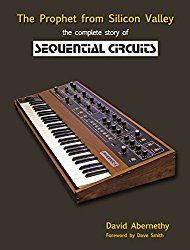
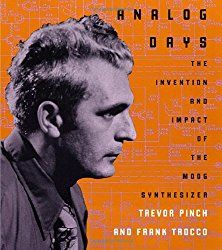
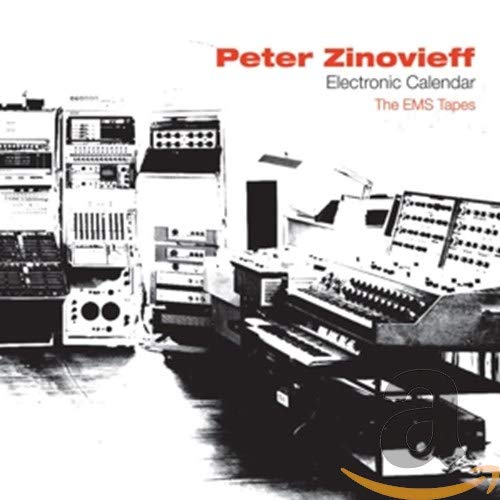
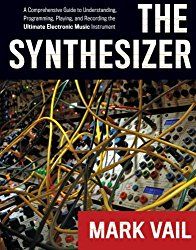
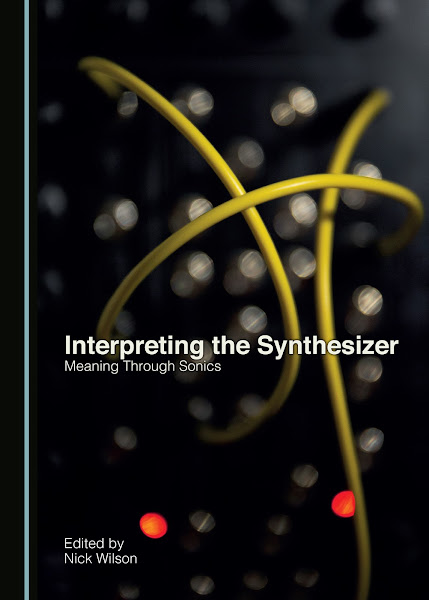
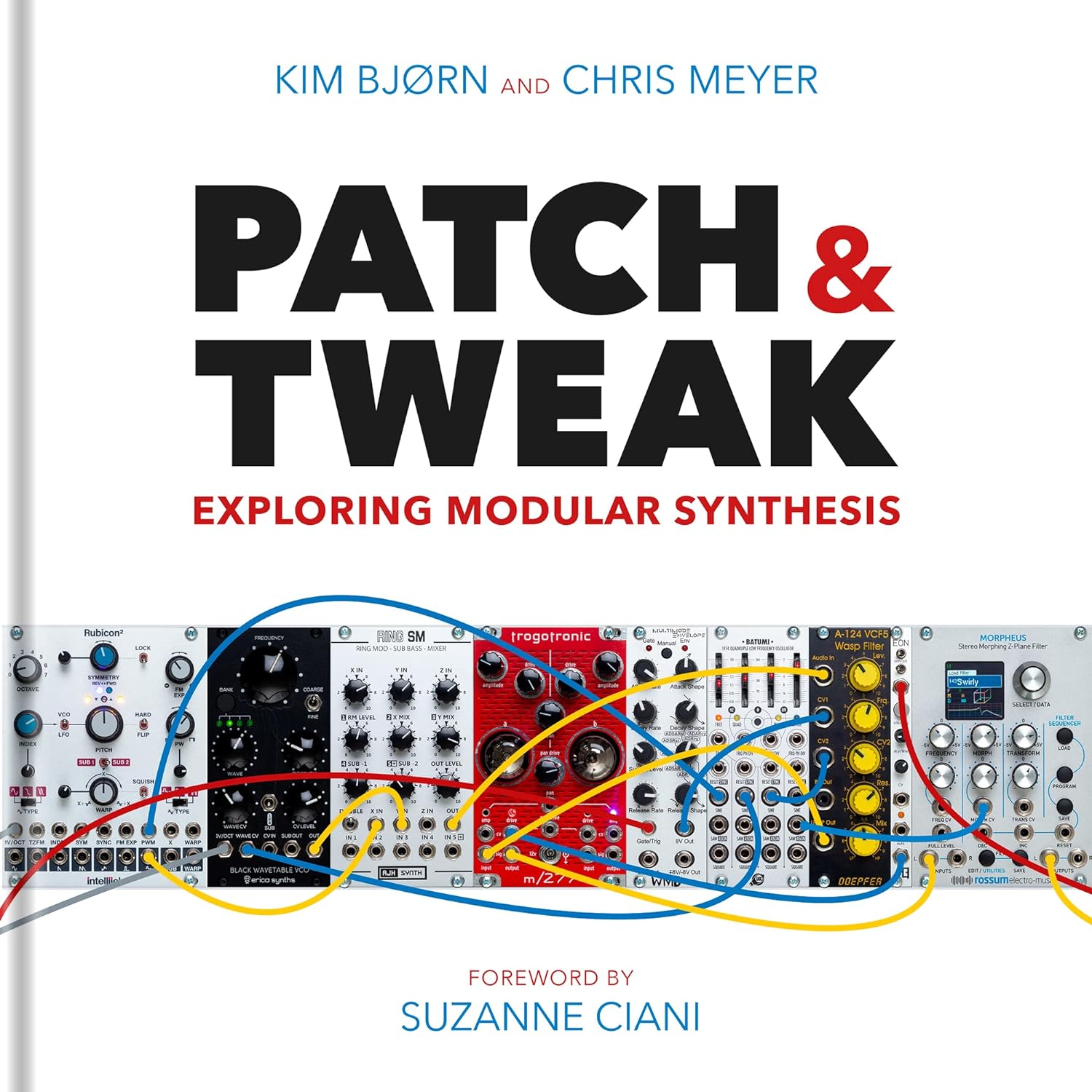
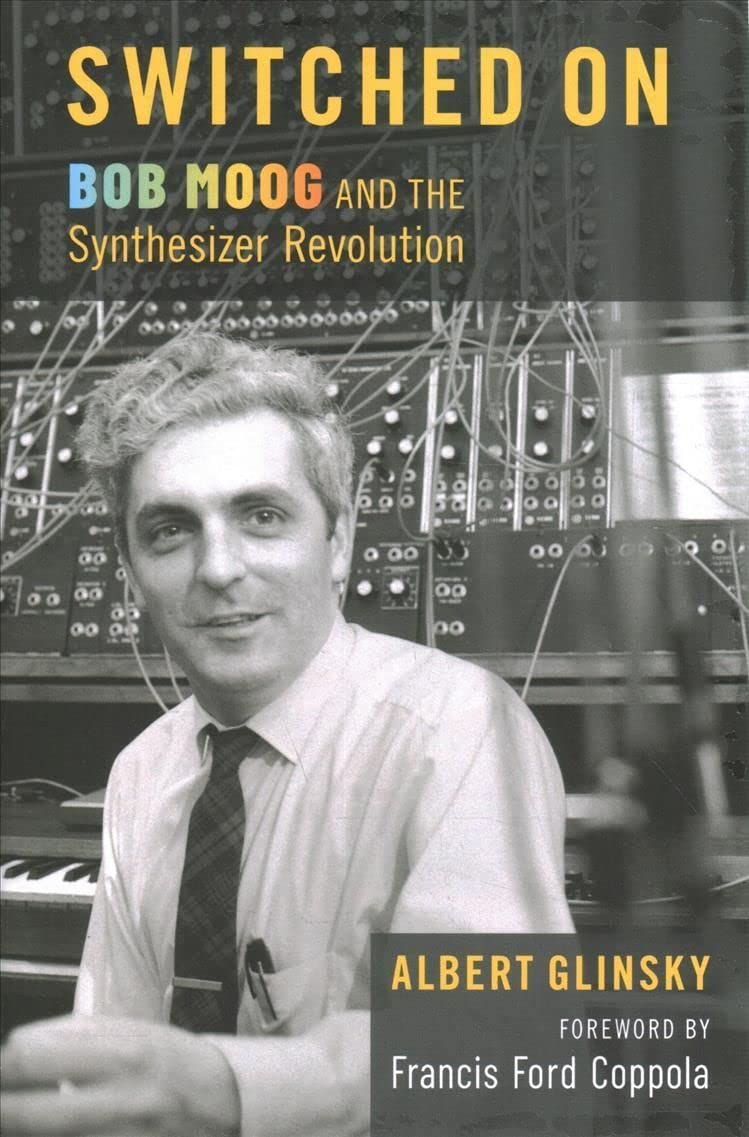
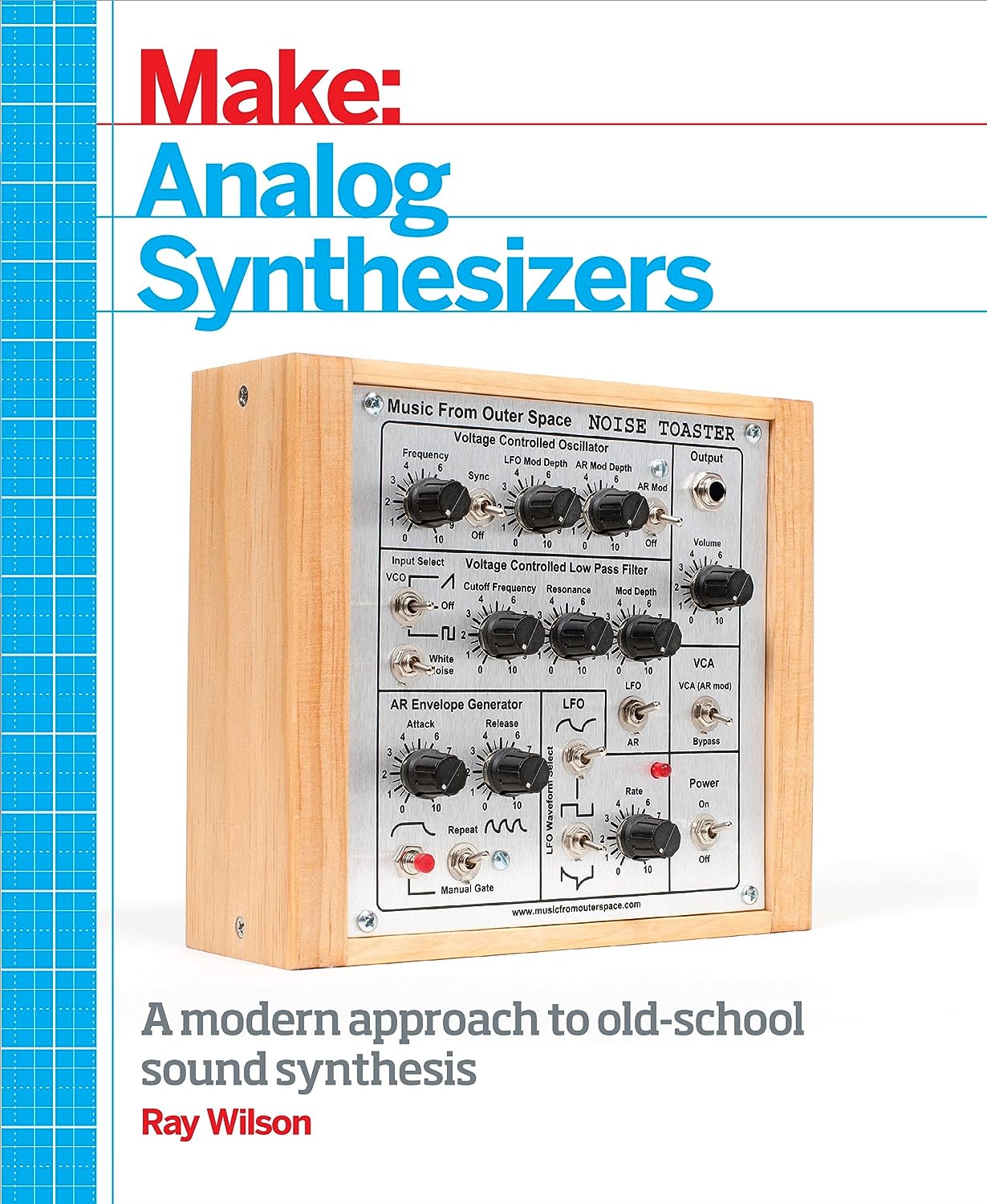
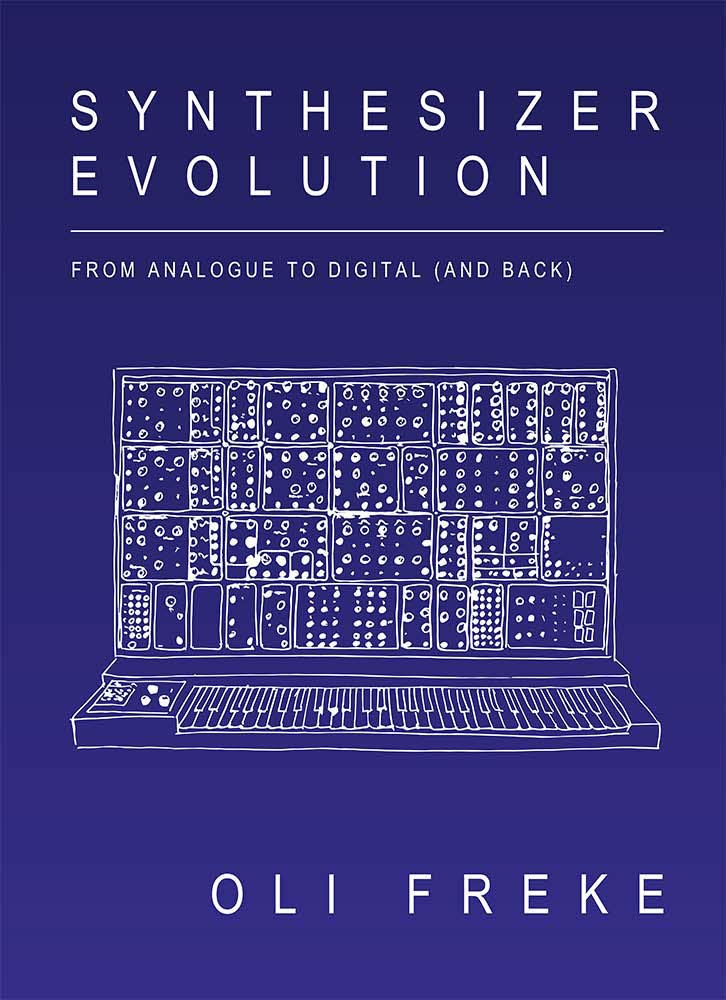
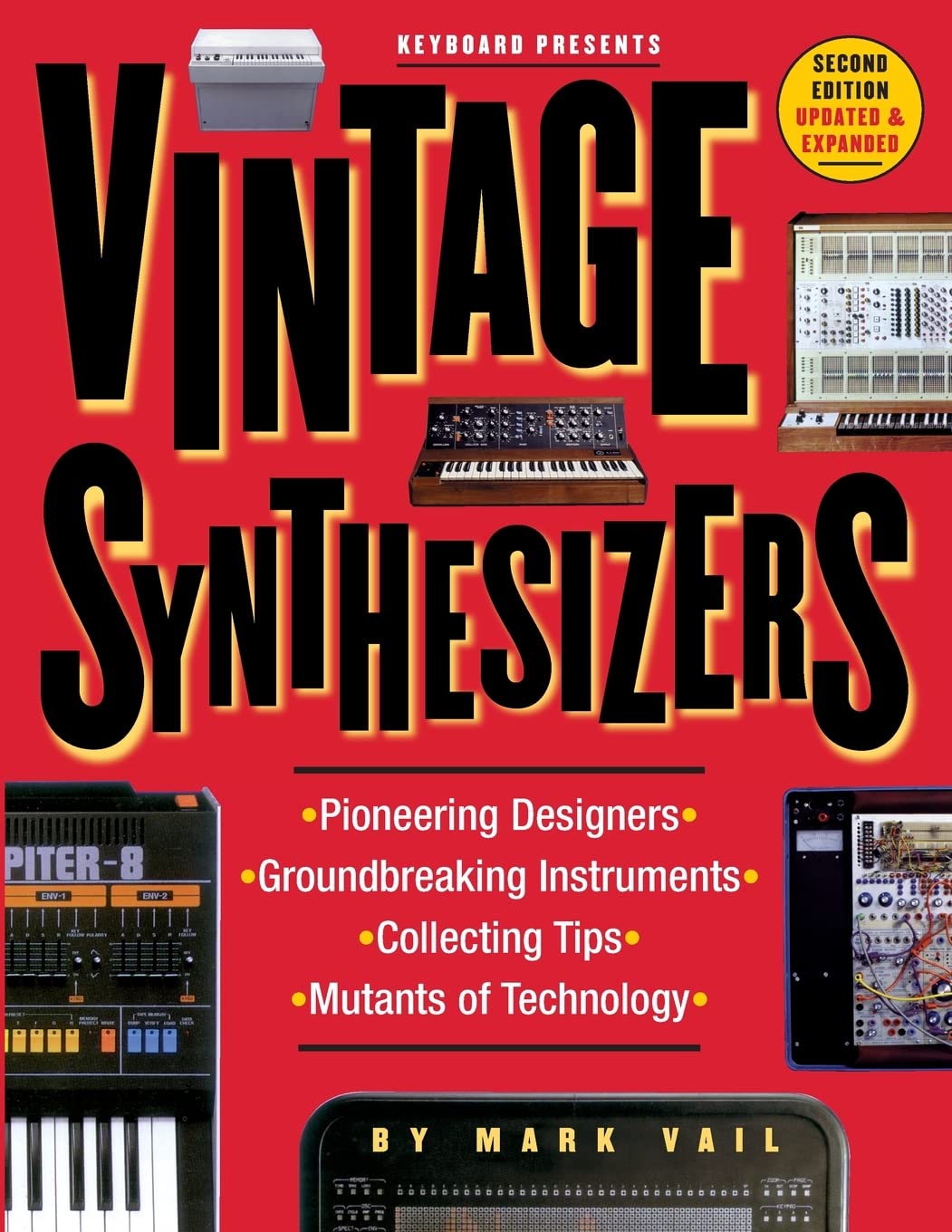
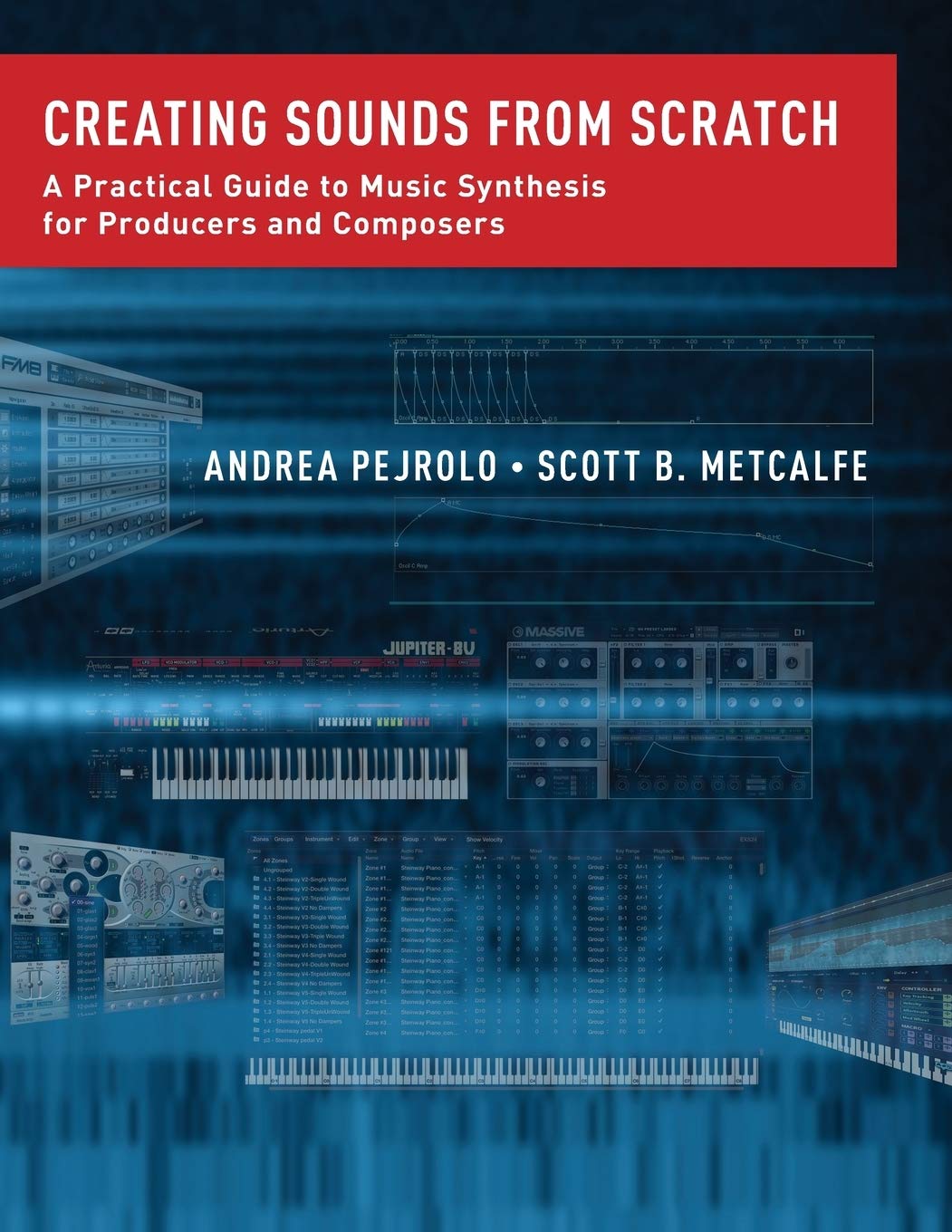
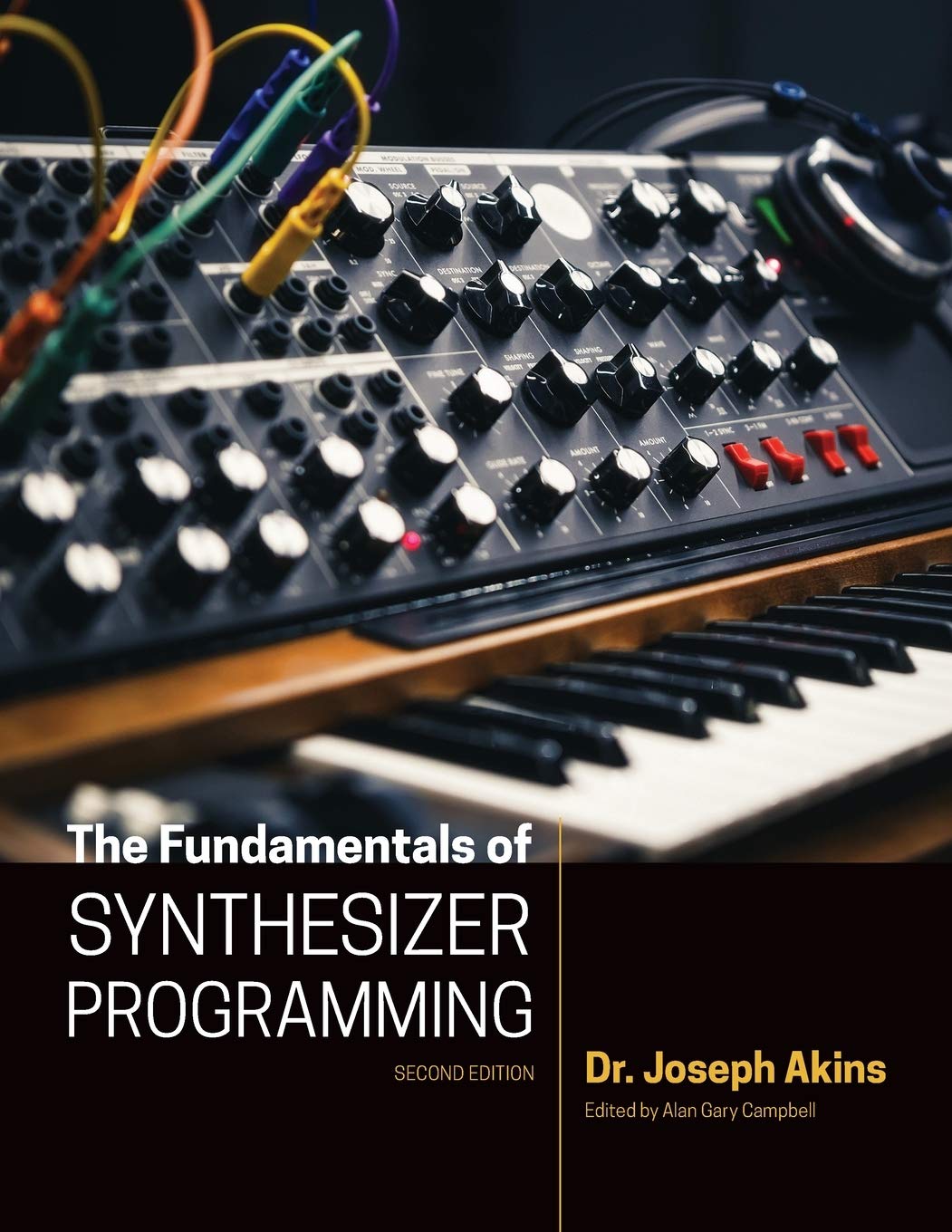
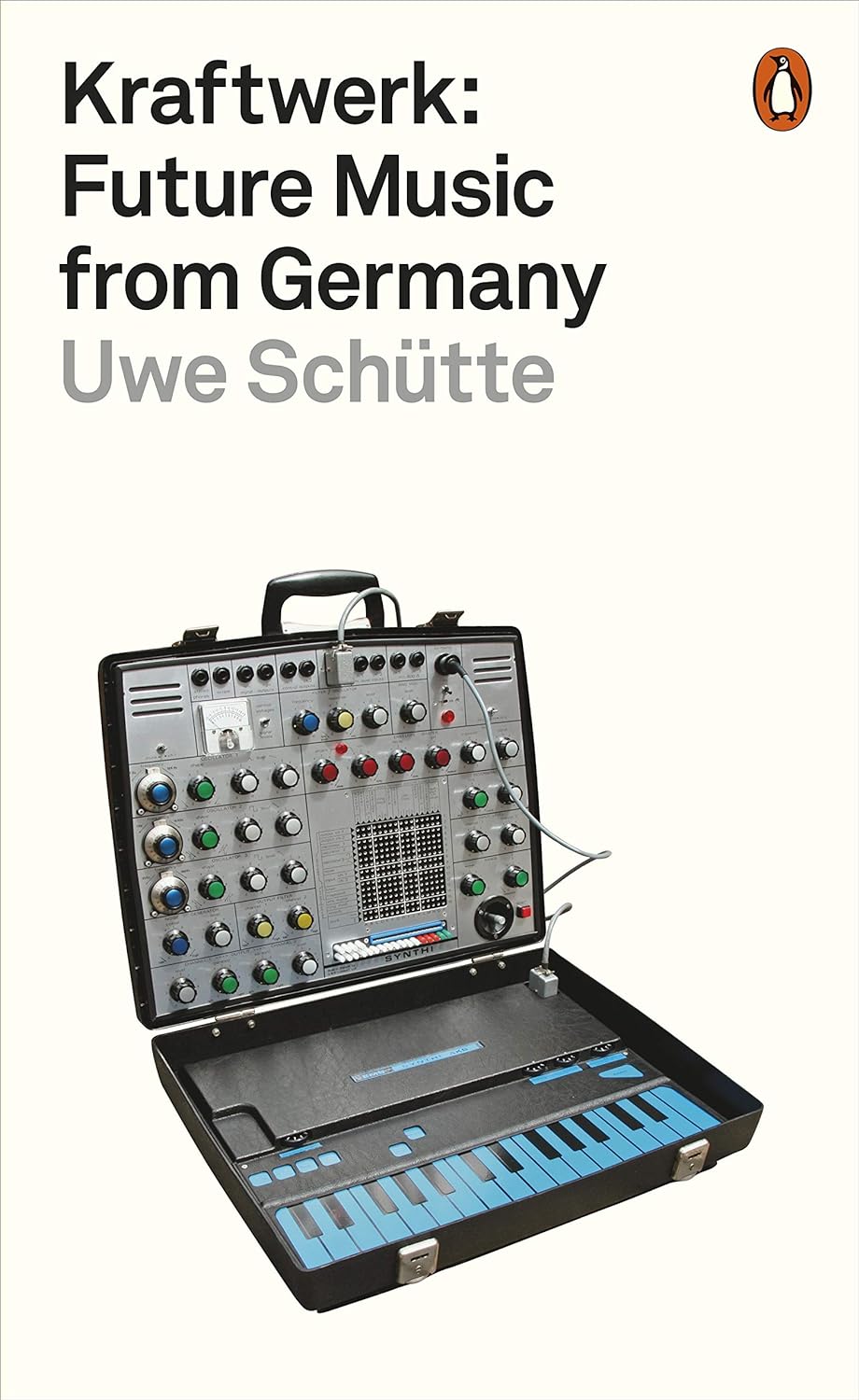
© Matrixsynth - All posts are presented here for informative, historical and educative purposes as applicable within fair use.
MATRIXSYNTH is supported by affiliate links that use cookies to track clickthroughs and sales. See the privacy policy for details.
MATRIXSYNTH - EVERYTHING SYNTH













© Matrixsynth - All posts are presented here for informative, historical and educative purposes as applicable within fair use.
MATRIXSYNTH is supported by affiliate links that use cookies to track clickthroughs and sales. See the privacy policy for details.
MATRIXSYNTH - EVERYTHING SYNTH




















